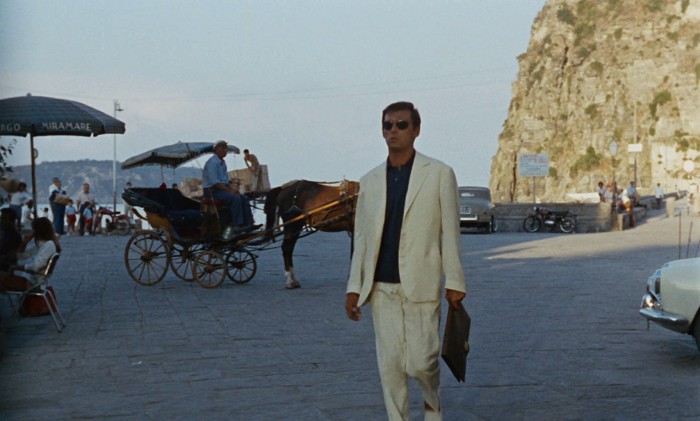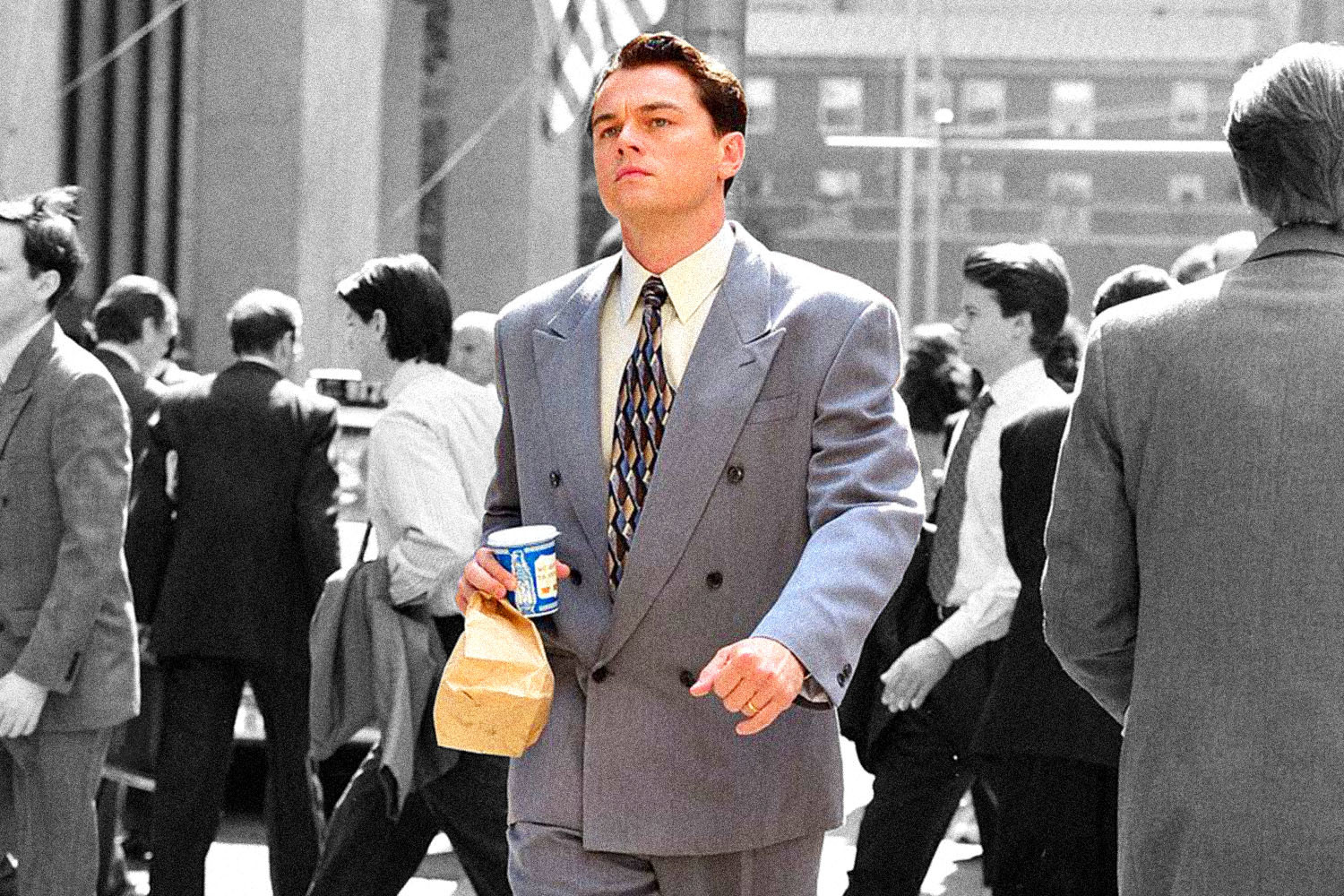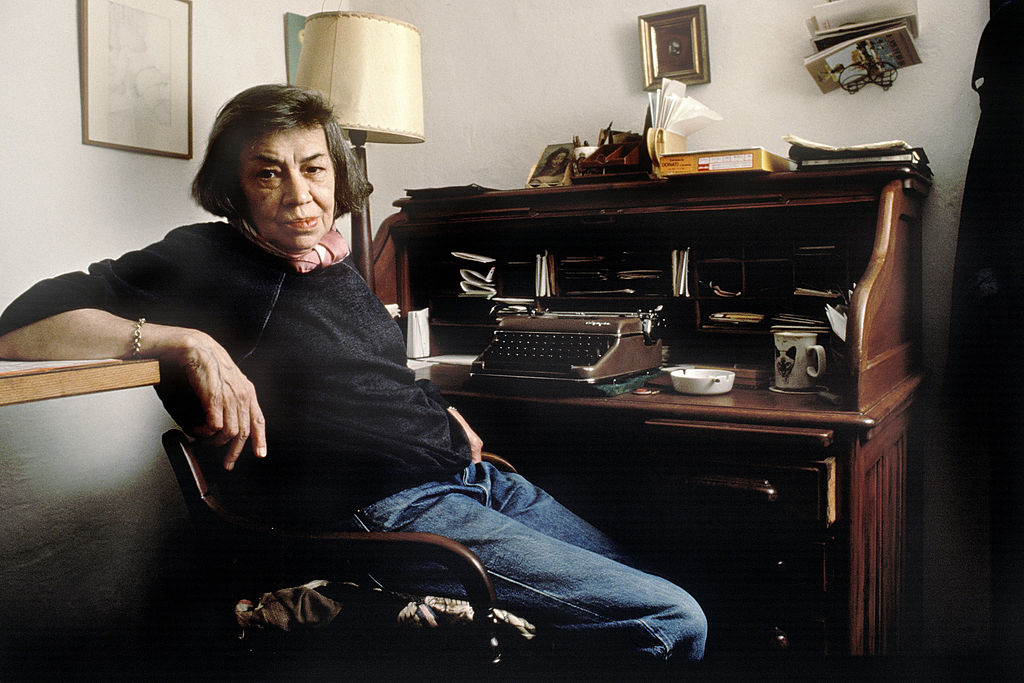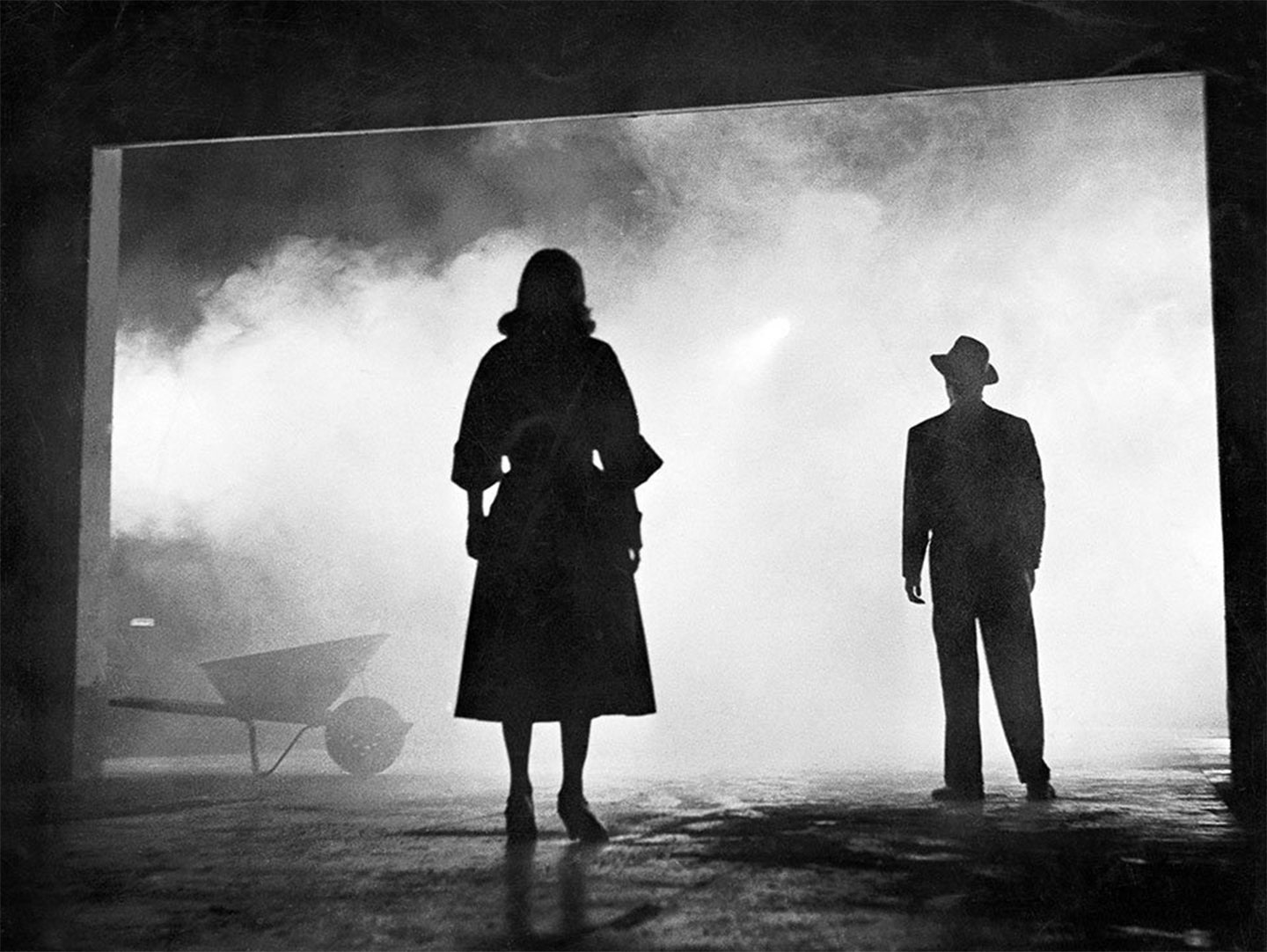This story is part of our Dog Days Survival Guide, a collection of essays, recommendations and how-tos to help you get through the hottest days of the year.
There is no Instagram filter that could make the Mediterranean look bluer than it looks in Purple Noon — a pellucid, sweltering, sapphire blue, as blue as the blue of Alain Delon’s eyes. Purple Noon — 60 years old this summer, and recently featured as part of the Criterion Channel’s spotlight on star Delon — is director René Clément’s adaptation of Patricia Highsmith’s The Talented Mr. Ripley, and as befitting its title, it’s a film of voluptuous brightness, a noir where the evil takes place under the sun. Photographed (by Henri Decaë) in sun-drunk colors, it presents a fantasy of leisure that’s not overtly luxurious but rather languid, easeful, indolent. It was filmed on location in Rome and on islands in the Bay of Naples, at sidewalk café tables, harbors and fish markets; in centuries-old bleached-white stone buildings with the permanence of ruins; in high-ceilinged pensiones with faded Renaissance wallpaper; on the deck of a yacht cruising down the coastline, as a school of dolphins breaks the surface of the Tyrrhenian Sea.
Foremost among Purple Noon’s surface pleasures is, of course, Delon himself, then in his early 20s, in the role that made him a star: tanned and lithe, with a boyish muss of side-parted hair and cut-crystal cheekbones. Delon was too beautiful for this world, and knew it; Tom Ripley, Highsmith’s sociopath avatar, is an ideal, star-making role for the actor, a specialist in hollow men. Delon’s Ripley is both object of desire and desiring subject, and Purple Noon is “escapist” in two senses: It is a film to escape into, and an interrogation of escapism. It makes you feel like Ripley, with your nose pressed against the glass, drinking up the atmosphere, and feeling a sharp spike of covetousness.
Purple Noon was well-received in an early-’60s climate in which American film culture, squeezed between the inertia of a dying Hollywood studio system and the crass, rising masscult of television, looked to Europe for instruction in (a)moral sophistication, aesthetic refinement and sensual texture — you know, the dolce vita. Though French adaptations of American crime fiction often stripped their source texts of all but the existential verities, Purple Noon is canny about the ways Americans idolize the Old World. (Tom and his fellow expats speak French together, but they are meant to be Americans, as some of the supporting cast indeed is.) Hired by a rich American to retrieve his son Philippe Greenleaf (Maurice Ronet) from his Lost Generation cosplaying in Italy, Tom has ingratiated himself into Philippe’s life of listless hedonism. Rather than cramped, dark, urban, Purple Noon’s perversity is matter-of-fact, continental — a bright, anti-Expressionist style in which everything is exactly what it seems. Sailing up and down the coast, the triangle Tom and Philippe form with the latter’s long-suffering fiancée Marge (Marie Laforêt) hums with the fat-fly buzz of nursed resentments and casual cruelties, all out it out en plein soleil (to paraphrase the original French title). Philippe is a boor and Tom a sycophant whom Philippe contemptuously tolerates, even after he catches Tom dressing up in his clothes, adoring himself in the mirror.
In The Talented Mr. Ripley, Highsmith has Tom muse: “It would have taken him the best years of his life, even if he had economized stringently, to buy the things he wanted.” An outsider — unlike the manor-born Philippe, he’s worthless at sea — he nevertheless finds a cure for his F.O.M.O. which is devilish in its simplicity. He makes his vacation permanent. Wherever Philippe goes, there Tom is, carrying a doctored passport. True to Highsmith’s spirit (she and Hitchcock admired one another), the film generates suspense and queasy fascination as Tom inches along a razor’s edge with a mix of impulse and calculation. Around the absent Philippe, Tom weaves a net of typewritten letters, forged documents, bank withdrawals, itineraries and alibis. Clément called Tom’s behavior “anthropophagy” — that is, cannibalism — but it’s also a study in transformation, self-invention, as Tom composes a story which he then slips inside.

Philippe is “careless,” like The Great Gatsby’s Tom Buchanan, and Ronet gives his entitlement a brutish edge; there’s real anger in his condescension to Tom and his cruelty to Marge. Tom cares so much more for Philippe’s possessions than Philippe does — looking at the way Philippe’s monogrammed pique dress shirt, white as Delon’s teeth, spreads across Tom’s shoulders and nips in at his waist, you might even say Tom deserves them more. Tom, certainly, would say so. As the film progresses, Tom becomes much more conscious of being seen, of projecting an image, but he allows himself an unguarded joy the first time he slips his feet into Philippe’s loafers. He holds on to his friend’s distinctive preppy-striped regatta blazer, even though its discovery would be a damning clue to his crimes.
What does Tom want? Well, he wants what Philippe has — his clothes, his money and his Marge, though there’s a coldness to his sexual approach. Highsmith, who published autobiographical lesbian fiction under a pseudonym, made Ripley the ultimate imposter, a mimic and a forger of signatures — a talent he demonstrates in Purple Noon’s opening sequence. It’s so fitting that Clément opens on Tom signing a postcard, since this is a film that taunts its viewer: “Wish you were here?”
This article appeared in an InsideHook newsletter. Sign up for free to get more on travel, wellness, style, drinking, and culture.
























